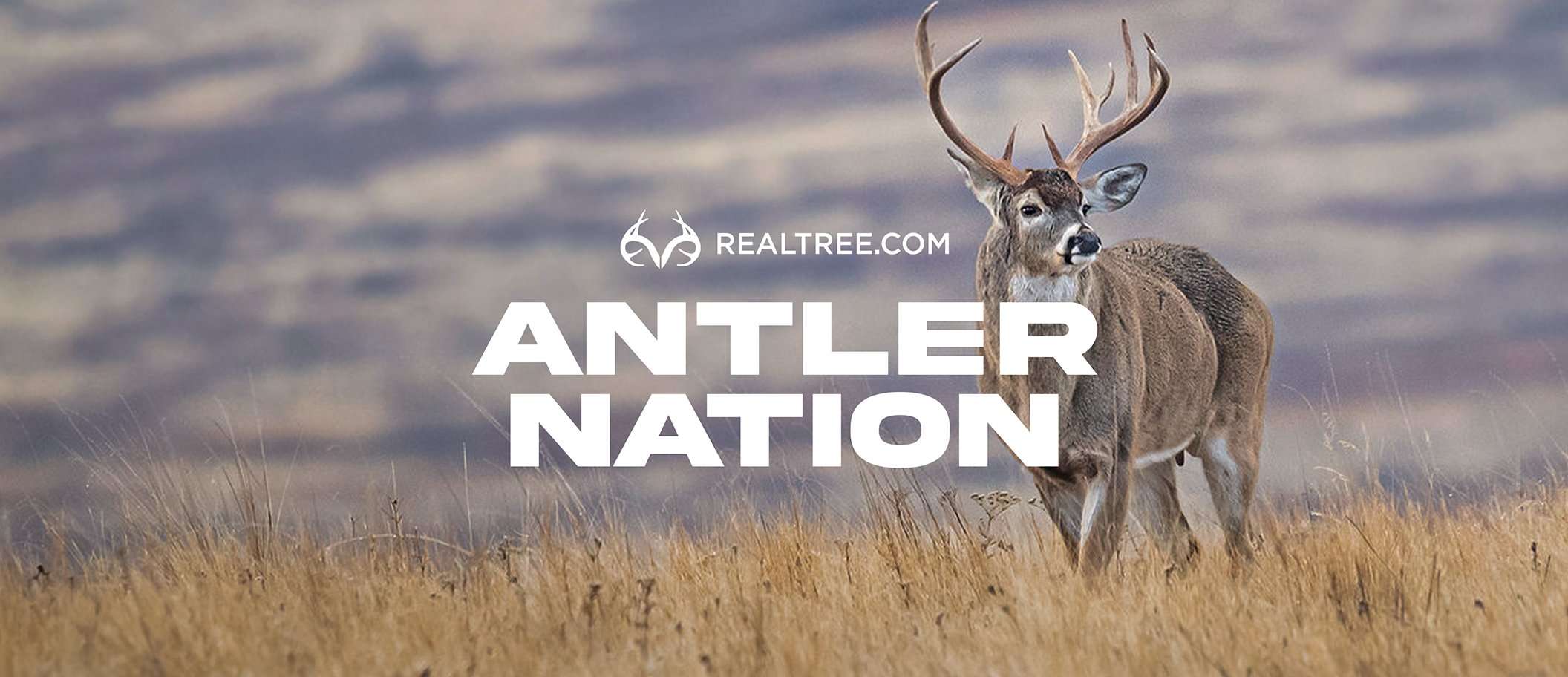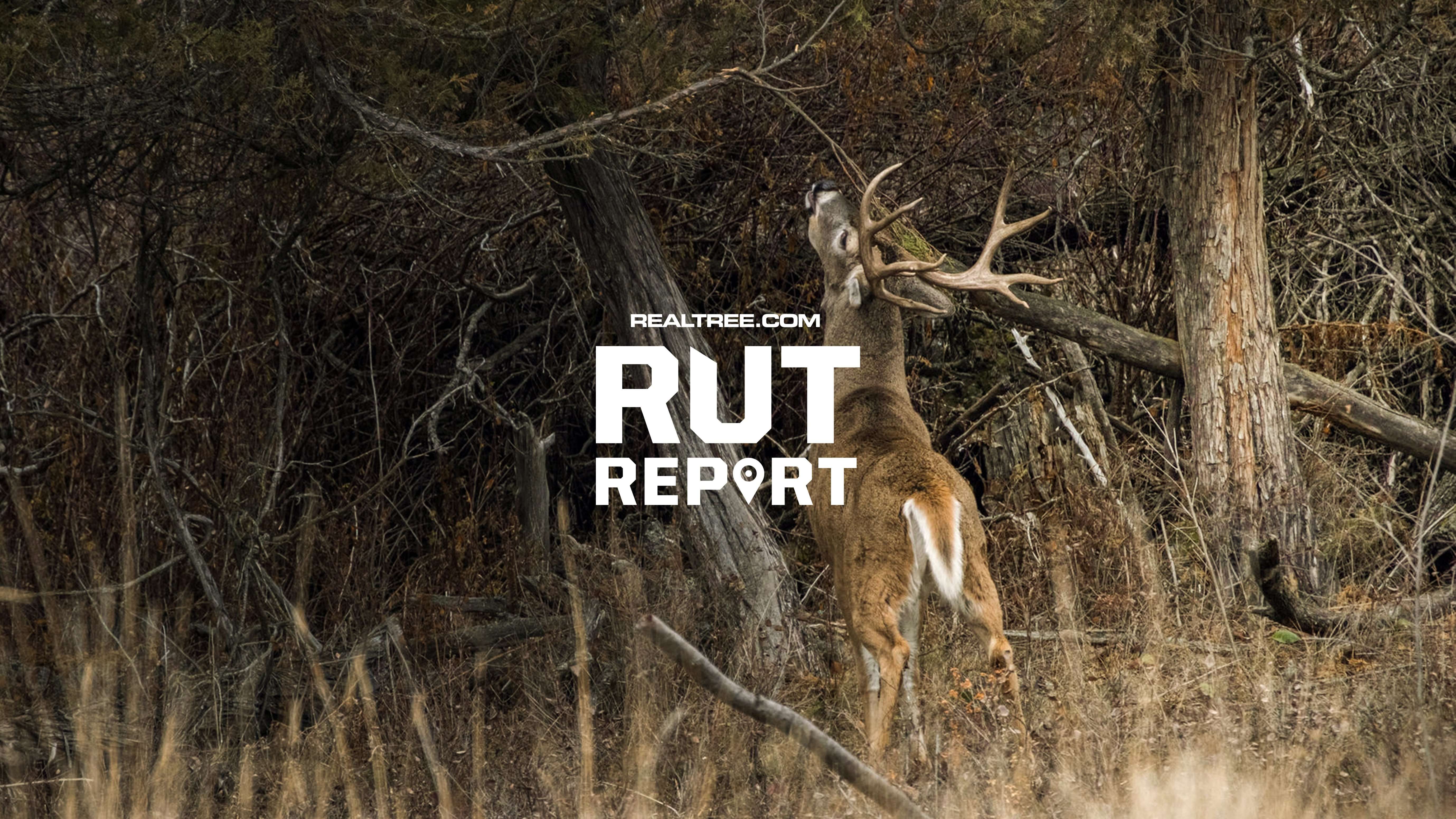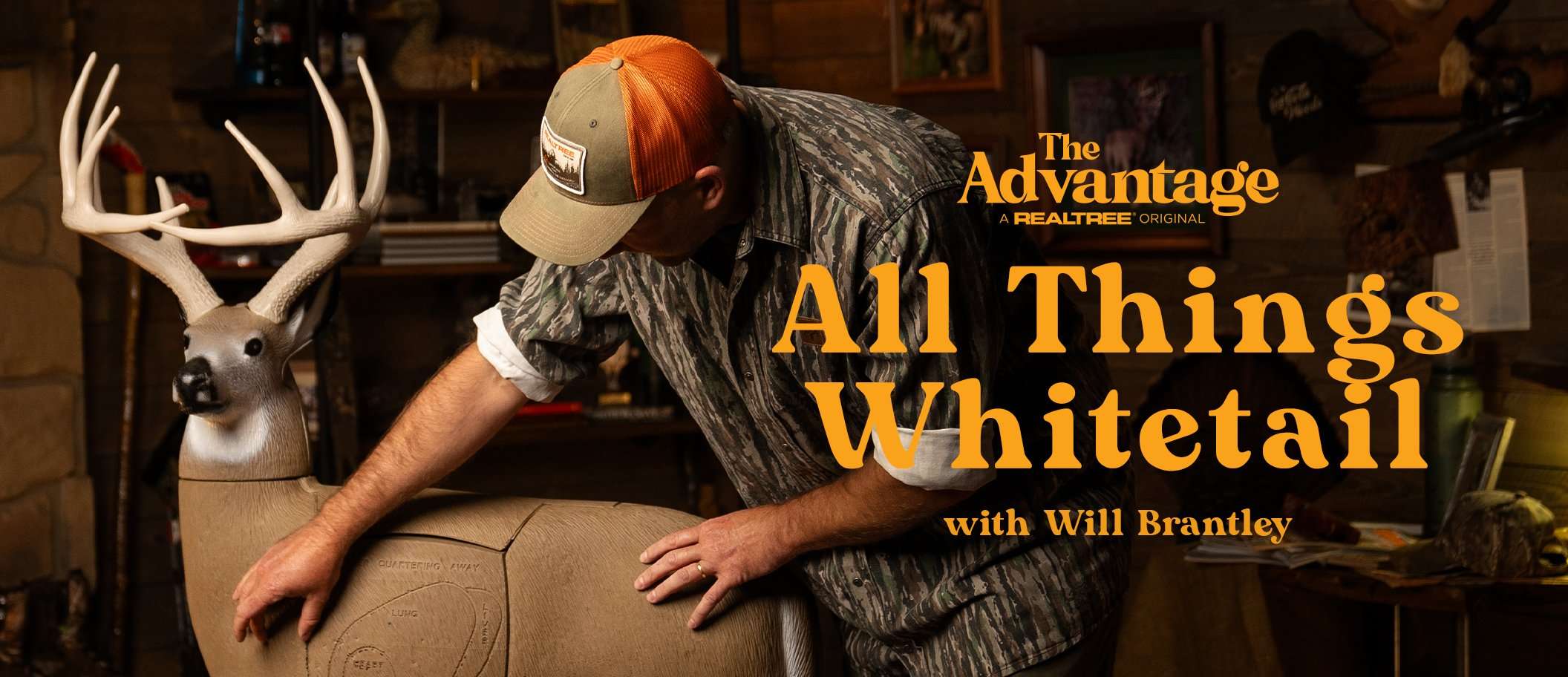If you’re looking for action-packed wing-shooting that can be enjoyed by just about anybody in the off-season, then pigeon hunting is your ticket
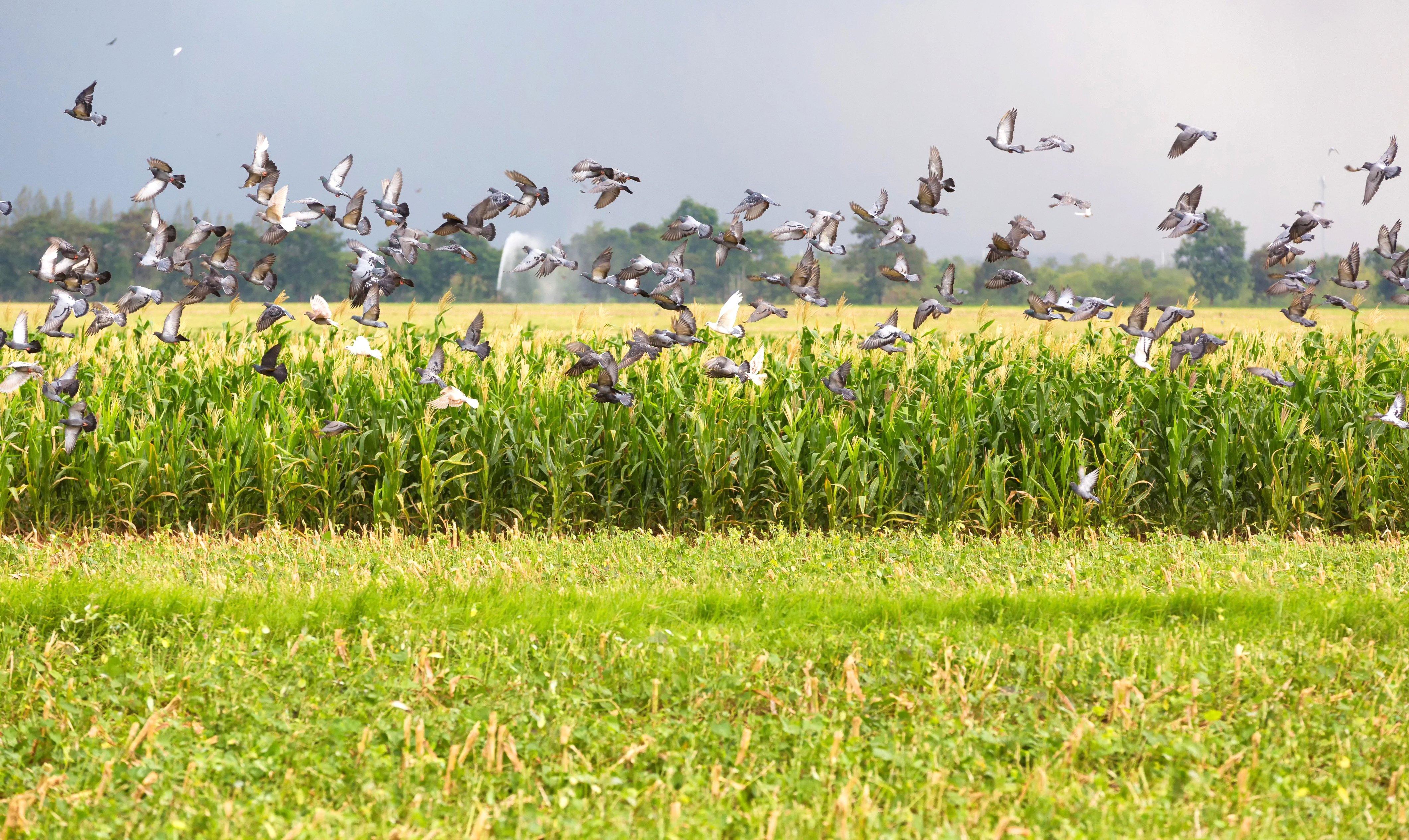
Pigeons are considered pests in many cases and can often be hunted year-around with no bag limits. (Image by Pumidol)
Pigeons will decoy like ducks, can be hunted year-round, and there’s no bag limit on them. They live just about everywhere and many landowners will beg you to come shoot them. While you can’t blast away at these critters on Park Avenue in New York City, you can enjoy great hunting for their country cousins near dairy farms, grain elevators, feed lots, and gravel pits throughout the U.S.
Terry Denmon, the founder and president of MOJO Outdoors, loves pigeon hunting. “When you get on pigeons correctly, it’s like your best day of mallard hunting,” he says. “We’ve done it over the years in July or August, before our regular hunting season starts. It’s an added opportunity and great practice for duck season.”
Pigeon hunting isn’t difficult, but it helps to know a bit about these birds before getting after them. Here’s Denmon’s guide to everything pigeon hunting, from finding birds to picking the right choke and load combo.
FINDING PIGEONS
Pigeons like to roost under cover, like an open barn or under a highway overpass. In the countryside, they’ll feed mostly on grain. “There are some pigeons almost anywhere you go,” says Denmon. “You’ve got to scout and find where pigeons are feeding.”
Don’t Miss: How to Shoot a Limit of Doves with 1 Box of Shells
Denmon likes to look at agricultural areas, in places where grain piles up. This includes feed lots, dairy farms, grain elevators, and silos. He calls these concentrated food sources. He’s also scouted and hunted pigeons on cut grain fields. “It’s almost like dry field duck hunting,” he says. Pigeon food sources are typically on private land, but many farmers will grant access to hunt them because the birds impact their grain stores.
Once you’ve found the food, take stock of how many birds you see. “You’re looking for an area with several hundred birds,” Denmon says. More birds mean that you’ll get more fresh looks at your decoy spread and more shot opportunities.
TIMING A PIGEON HUNT
Pigeon hunting can be similar to duck hunting, but one great difference is that you can sleep in a bit. “Pigeons don’t come right at first light to feed,” Denmon says. “We usually shoot them later in the morning or the afternoon. They’ll feed about twice a day, like a duck does.” Denmon says time of year doesn’t matter too much when it comes to pigeon hunting. If you can find birds on a current food source, you can have a good shoot. But fresh-cut crop fields in the late summer and fall can make finding those food sources a little easier.
BRING ENOUGH GUN
Pigeon hunting is a great way to get practice with your duck gun, though just about any 12- or 20-gauge shotgun will work. And while you may not need a 3-inch magnum shell, you should still pack some heat on a pigeon hunt. “Pigeons are tough,” Denmon says. “They’re much harder to kill than a dove. You can’t shoot them with light loads.”
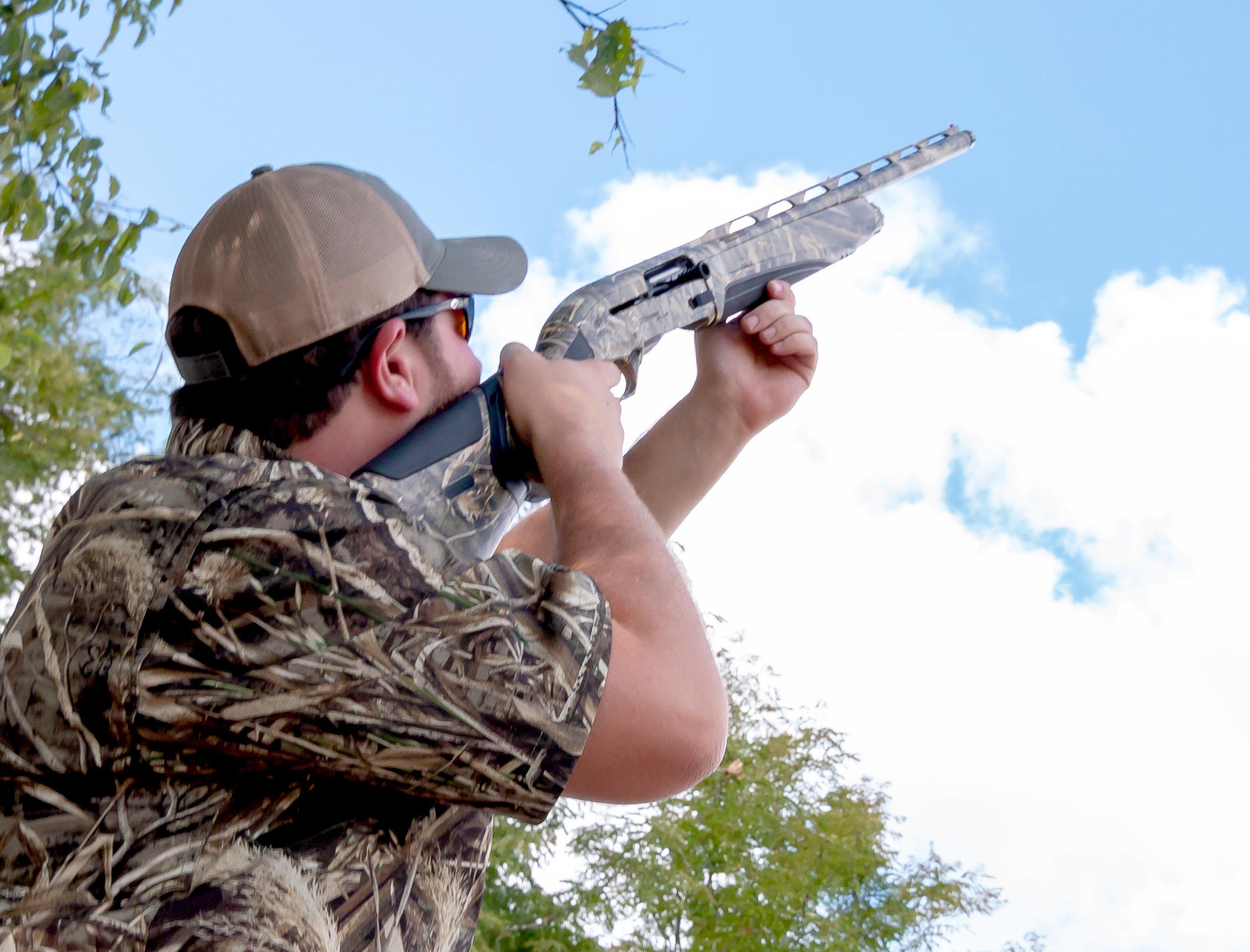
Pigeons are surprisingly difficult to hit, and can be physically tough to knock down. No. 6 lead shot and a modified choke are usually a good combo. (Image by Austin Ross)
Denmon uses No. 6 lead game loads, which are a good general-purpose choice for the medium-sized birds. He suggests using a modified choke because he likes to decoy birds as close as possible. “You can get them well within 35 yards and usually within 20,” he says. “When they’re landing, they’re fairly slow.”
SET UP RIGHT
Hunting for pigeons is a lot like waterfowling in that you’re going to run a spread of decoys and shoot from some kind of a blind. The birds aren’t usually pressured, so you don’t need to be as hardcore as you would trying to fool a mallard, but they aren’t pushovers, either. Plan to invest in a few good pigeon decoys and some kind of a blind if you don’t already have one.
Denmon says motion decoys work very well on pigeons. “They don’t see them often enough to be wary of them,” he says. He uses upright spinning wing decoys and MOJO Dove A Flickers to draw in birds from far away. But he also suggests combining motion decoys with static full-body pigeon decoys, which you can purchase or make out of corrugated plastic or cardboard.
As far as setup, you should still try to find the “X” and set your decoys to look like a flock of feeding birds. “If you’re hunting an open field, you really need to scout and make your decoy spread look realistic,” Denmon says. “If you’re on a concentrated food source like a grain elevator, pigeons are going to come, and you just need to set enough decoys to make them feel comfortable.”
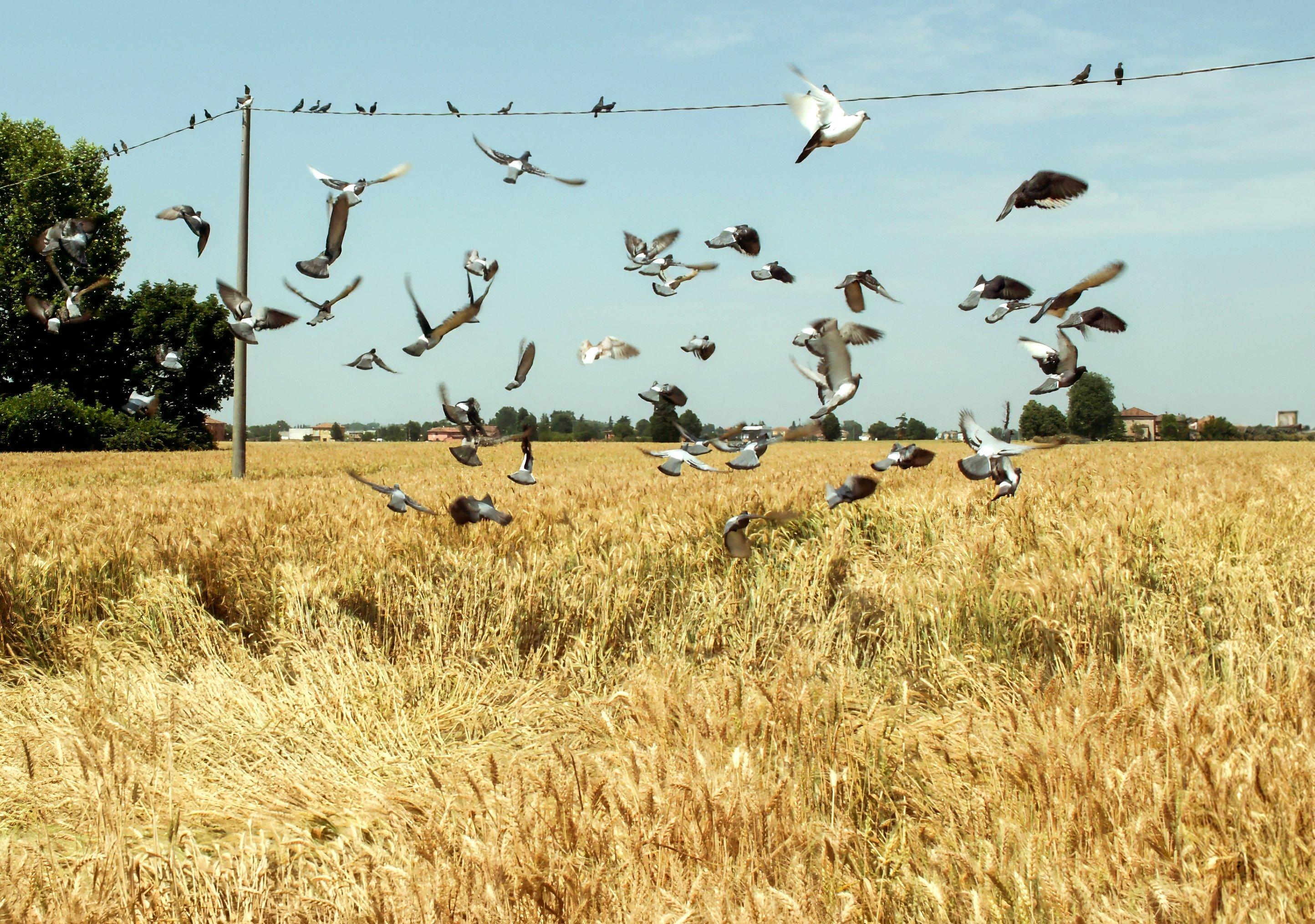
Just as you would for ducks or geese, scout for fresh food sources to find good pigeon hunting locations. (Image by David Zanin Photography)
For a hide, try to tuck into something that gives you overhead cover, like a piece of farm equipment or a dairy barn, or use a layout blind just as you would for dry field waterfowl hunting. Denmon has also hunted pigeons with a lot of success from A-Frame blinds. “Your blind is not as critical as it is on a duck hunt,” he says. “Most of the pigeons I’ve hunted haven’t been pressured. But you certainly need a hide.”
Don’t Miss: The Tragic Loss of BB Gun Safaris
FIRE UP THE GRILL
Pigeons were actually brought to the U.S. by early settlers as a food source. They’ve since run rampant as a non-native invasive species, but you can still eat them. In fact, they taste a lot like doves.
Almost any dove recipe will work with a pigeon. My favorite is pigeon poppers. In case you need a refresher on poppers: Breast out the birds, put a little cream cheese on one half of a jalapeno pepper, and wrap one pigeon breast half with bacon around the pepper. Slide a toothpick in there to make sure everything stays together, then put the poppers on a hot grill or cast-iron skillet. If you’re having friends over, tell them they’re eating dove meat from last September. I bet they won’t know the difference.




